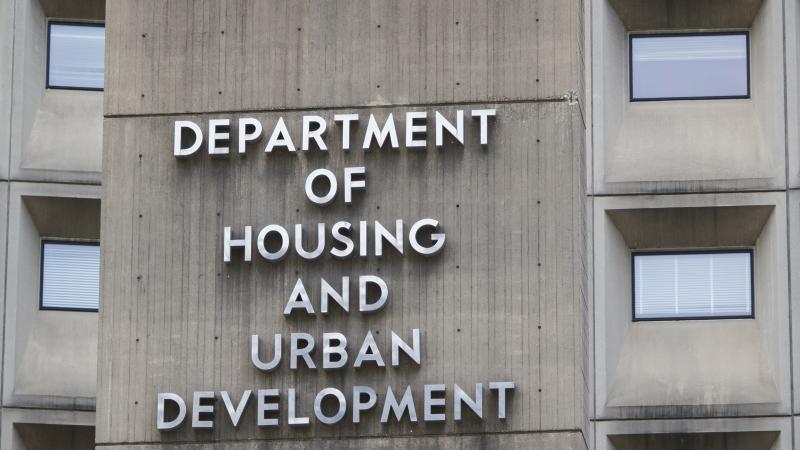Colorado governor directs state agencies to target ozone pollution from oil and gas industries
Polis said nitrogen oxides emissions from the oil and gas industry have grown significantly since 2011.
Colorado Gov. Jared Polis directed state health and energy agencies to work together to reduce ozone pollution by focusing on regulating the oil and gas industry.
In a recorded video posted on social media on Thursday, Polis said his initiative is the first comprehensive ozone emission reduction program for the oil and gas industry in the United States.
In a six-page letter to leaders of the Colorado Oil and Gas Conservation Commission, which regulates the industry in the state, and the Colorado Department of Public Health and Environment, Polis gave three directives:
- develop rules by 2025 requiring upstream oil and gas operators in the ozone nonattainment area to achieve at least a 30% reduction of nitrogen oxides and by at least 50% in 2030;
- develop rules to solidify environmental best management practices addressing ozone and consider regular updates;
- incentivize and reward oil and gas operators who demonstrate industry-leading environmental performance and goal achievement in greenhouse gas and local air pollution mitigation.
Polis said nitrogen oxides emissions from the oil and gas industry have grown significantly since 2011 and the industry represents half of all emissions.
“Nitrogen oxides are the primary precursors to ozone, the pollution that causes bad air days in which many people experience health issues like coughing, wheezing, difficulty breathing, asthma and even more severe health impacts in children and older Coloradans at higher risk,” Polis said.
The directives come after the Colorado legislature passed 55 pieces of legislation focused on complying with greenhouse gas emissions reduction requirements and other related objectives between 2019 and 2022, according to the Common Sense Institute.
“Colorado’s oil and gas industry will always be the go-to whipping boy when state policymakers need to signal their environmental bona fides,” Jake Fogleman, a policy analyst for the Independence Institute’s Center for Energy and Environment, wrote in a blog post. “The crusade against ozone pollution is the perfect example. Yes, ground-level ozone pollution is a problem. Yes, oil and gas production plays a role in Colorado’s detectable levels. But its contribution pales in comparison - by the state’s own admission - to that of out-of-state sources over which neither the industry nor state policymakers have any control.”
Colorado is the fifth-largest oil-producing state, with 90% coming from Weld County, according to the U.S. Energy Information Administration. The state was the seventh-largest producer of natural gas in 2021, according to the office.
Polis touted Colorado ranking fifth in the number of electric vehicles purchased. Data from the U.S. Energy Information Administration ranked Colorado’s more than 3,500 public electric vehicle fast-charging ports as eight-highest in the nation.
Polis also repeated his goal of having Coloradans use 80% renewable energy resources by 2030.
“We know that there’s more work to do, including in the oil and gas sectors,” the governor said.
Polis said an analysis of reducing emissions reviewed by his office showed Coloradans can save approximately $500 million per year in health care costs and prevent heart attacks, asthma and premature death.
“Together, we'll continue delivering better air quality for Coloradans through rapid cuts in ozone causing chemicals, better health outcomes and better quality of life in our great pristine state,” Polis said.














